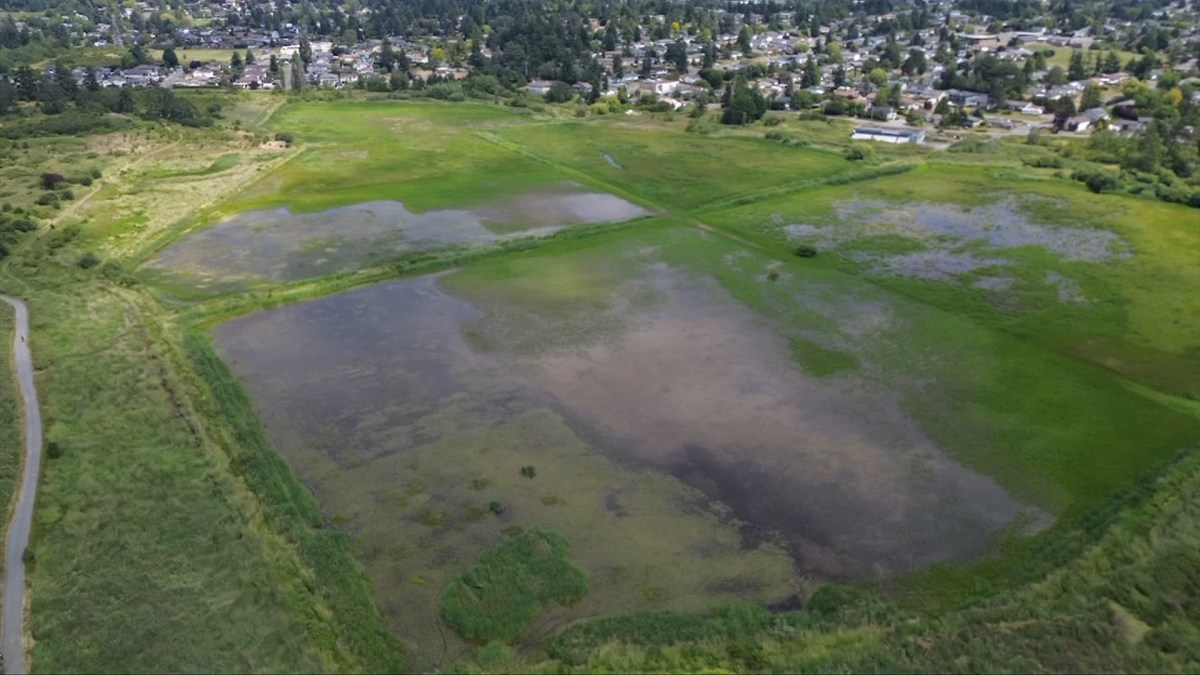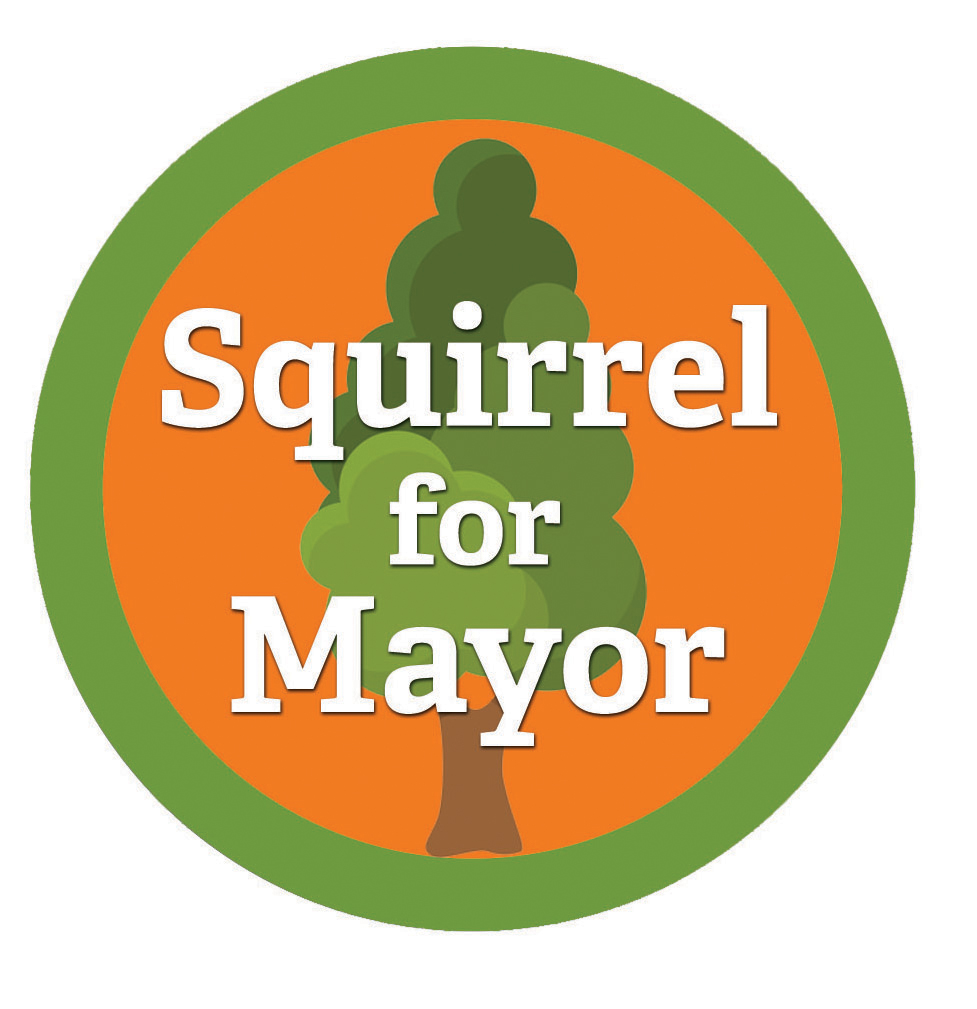
Times Colonist, October 22, 2025 by Michael John Lo
Starting next year, staff is set to begin updating trails, fencing and signage in the area to create a dedicated area for migratory birds, waterfowl and rare plants.z
Large parts of Panama Flats will eventually become off-limits to dogs, after Saanich council agreed to designate the area as parkland key for migratory birds.
Starting next year, staff is set to begin updating trails, fencing and signage in the area to create a dedicated area for migratory birds, waterfowl and rare plants.
As part of the plan, Saanich will create a new off-leash area for dogs south of the intersection of Roy Road and Elizabeth Street in Panama Flats that will lead to an off-leash space in Hyacinth Park through the Colquitz River Trail.
However, trails on the east side of the wetlands near Carey Road will become off-limits to dogs to create a quiet zone for birds and other wildlife.
Saanich also plans to fix flooding issues on the plain for a year-round boardwalk trail system, build bird-viewing platforms and install educational signage.
There are plans for seating, as well as accommodating skating when weather permits.
The changes are coming as part of the municipality’s updated Panama Flats plan, which was unanimously approved by council this week.
Mayor Dean Murdock said the new plan “settles the question” of Panama Flats’ future, but noted “it’s a big space, so it won’t all be done at one time.”
Staff estimate it will take $500,000 over five years to complete the work.
Carey Area Residents’ Association president Hollis Hodson commended the plan and praised Saanich staff’s efforts to reach out to the neighbourhood and affected groups.
Hodson said her hope is that Panama Flats will be treated the same way as other ecologically protected zones in Saanich, such as Rithet’s Bog and Swan Lake.
The move to shift the area’s focus from farming to environmental conservation was welcomed by several groups, including the Rocky Point Bird Observatory, Habitat Acquisition Trust, the Victoria Natural History Society and the Greater Victoria Naturehood, though some felt the restrictions on dogs don’t go far enough.
Brian Wilkes of the Victoria Natural History Society said expanding off-leash dog hours on the already busy Colquitz River Trail, which is popular with families and small children, is inconsistent with protecting the environment.
“It makes no sense to expand the off-leash period on that portion of the trail that is right next to the most sensitive habitat along the trail,” he said. “Off-leash dogs pose a significant safety concern.”
Off-leash dogs are currently allowed in all park areas from 6 a.m. to 9 a.m., after Saanich updated its animals bylaw in 2023.
Eulala Mills, president of the CRD DOGG society, a group that advocates for off-leash dog spaces and responsible pet ownership, said she supports the new plan, as it increases leash-optional trails and amenities for dog owners.
“It provides a fair distance for leash-optional walking along a wide gravel trail and a new exercise area, much of which is already naturally separated from the sensitive wetlands,” she said.
Mills said she also supports the rules restricting dogs around the east side of the wetlands.
As part of the new plan, cyclists and dogs would not be permitted on large parts of the main perimeter trail.
Some of the dike trails will be decommissioned to create a larger buffer zone for wildlife.
Saanich acquired the 25.26-hectare Panama Flats in 2011, with the idea of providing public space for flood-plain management, creating a new park and trails, and enhancing food security.
Parts of the land had been used since the 1870s for agricultural purposes — most recently as a berry farm.
However, plans for bringing back large-scale agriculture to the flats were paused after the district’s application to add a significant part of the flats to the Agricultural Land Reserve was rejected by the Agricultural Land Commission.
Panama Flats, together with the adjacent Colquitz River Trail and Panama Hill Park, form one of Saanich’s largest contiguous parklands.
Saanich has invited the W̱SÁNEĆ, Songhees, Esquimalt and SȾÁUTW̱ First Nations to weigh in on future park directions. Staff say nations have indicated interest in growing and harvesting traditional medicinal plants, bringing their youth to the land.
The W̱SÁNEĆ Leadership Council said it’s interested in renaming the flats to better reflect the area’s First Nations heritage, though no name has been publicly announced.
mjlo@timescolonist.com
